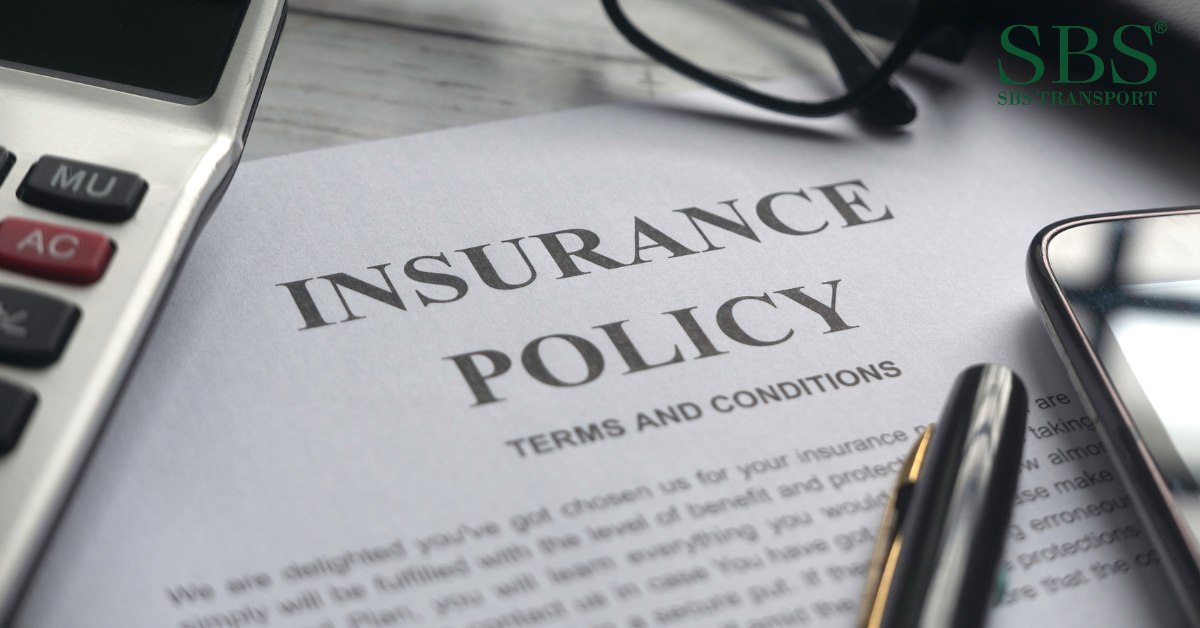Below are some essential tips and experiences, from getting familiar with your vehicle to handling situations on the road, to help you drive with confidence and ensure maximum safety on every journey.
Safe driving tips
1. Familiarize Yourself with Vehicle Operations
Before starting your journey, it’s essential to familiarize yourself with the vehicle’s controls. Learn about the functions of each part, such as the steering wheel, accelerator, brake pedal, gear shift, and dashboard. Adjust your seat and mirrors to fit your body size. This not only makes you more comfortable while driving but also enhances your control over the vehicle.

Practice in a safe environment, such as a driving range or an empty road, to get accustomed to the basics. Spend time mastering fundamental maneuvers like moving forward, reversing, changing lanes, and stopping. Being confident in these operations will help you respond better to real-world situations.
2. Drive at a Moderate Speed
Driving at a moderate speed is a fundamental rule for ensuring road safety. Driving too fast reduces your reaction time, increasing the risk of accidents. Conversely, driving too slowly can obstruct traffic flow and increase the risk of rear-end collisions.

Always adhere to the speed limits in your area. In urban areas, maintain a steady speed between 30-50 km/h. On highways, drive between 60-80 km/h or follow the posted speed limits. In adverse weather conditions like heavy rain or fog, reduce your speed to maintain better control of your vehicle.
3. Maintain a Safe Following Distance
The distance between your car and the vehicle in front is crucial to avoiding collisions. The “2-second rule” is an effective way to maintain a safe distance. Pick a fixed point on the road; when the vehicle ahead passes that point, ensure you reach it no sooner than 2 seconds later.

In special conditions, such as slippery roads, steep slopes, or when carrying heavy loads, increase this distance to 4-5 seconds. In crowded areas, maintain full attention to respond promptly to unexpected situations.
4. Check Your Rearview Mirrors
Rearview mirrors are not just for monitoring what’s behind you—they’re also essential when changing lanes, reversing, or making U-turns. Adjust the mirrors so you can see the entire area behind the vehicle clearly.

Before performing any maneuver like lane changes or U-turns, carefully check the rearview mirrors and watch for blind spots. Use side mirrors to ensure no vehicles are approaching from hidden angles. This will help you avoid unfortunate accidents.
5. Safely Perform U-Turns
Making U-turns can be challenging, especially in tight spaces. First, look for a sufficiently wide area to execute the turn. Use your turn signal to inform other vehicles of your intention.

While turning, keep your speed low and always be aware of your surroundings. Use rearview mirrors and backup cameras (if available) to check the space behind your car. If needed, ask someone to guide you in difficult situations.
6. Wear Seat Belts and Avoid Alcohol
Wearing a seat belt is not only a legal requirement but also a vital safety measure. Seat belts help minimize serious injuries during accidents. Ensure all passengers are wearing seat belts before starting the vehicle.

Additionally, never drive under the influence of alcohol. Alcohol impairs judgment and reaction times, posing a danger to yourself and others. If you’ve consumed alcohol, opt for public transportation or have someone else drive.
7. Observe Traffic Signs
Traffic signs provide important information to ensure your safety on the road. Signs such as speed limits, directions, no-parking zones, and guidance markers help you plan your journey effectively.

Pay close attention to signs, especially in populated areas, highways, or construction zones. Following traffic signs helps you avoid violations and ensures a smooth journey.
8. Park Safely
Proper parking is an essential skill to protect your vehicle and avoid obstructing traffic. Choose designated parking areas and ensure your car doesn’t interfere with other vehicles.

When parking on a slope, use the handbrake and turn your wheels toward the curb to prevent rolling. In parking lots, park neatly within the designated lines.
9. Carry the Necessary Documents
Essential documents for driving include your driver’s license, vehicle registration, insurance certificate, and vehicle inspection certificate. Before starting your journey, check to ensure all documents are valid.

Additionally, it’s advisable to keep copies of these documents for emergencies. This saves time when dealing with legal or traffic-related issues.
10. Purchase Insurance
Car insurance is not only mandatory but also a vital financial safeguard. Liability insurance covers compensation for third parties in accidents, while comprehensive insurance helps cover repair costs for your car.

Choose an insurance package that suits your needs and budget. When purchasing insurance, carefully review the terms and seek advice from agents to fully understand your benefits.
Applying these safe driving tips will help you gain confidence and minimize the risk of accidents while driving. Always maintain a cautious attitude, follow traffic laws, and equip yourself with knowledge to make every journey a safe and pleasant experience.



